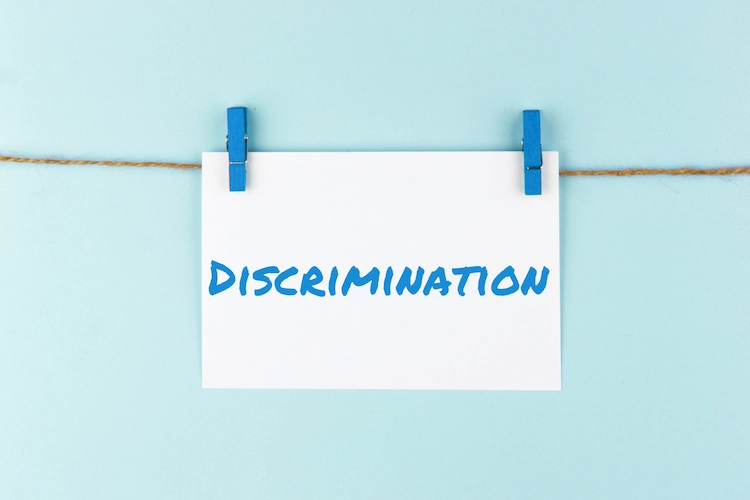Wittman v Personhuballah Dismissed Due to Lack of Standing
Historical
In Wittman v Personhuballah, 578 U. S. ____ (2016), the U.S. Supreme Court unanimously held that none of the three Members of Congress from Virginia who brought the racial gerrymandering suit had legal standing to challenge the state’s redistricting maps. As a result, the justices failed to reach the merits of the case.
Facts of the Case
The lawsuit began in October 2013, when three voters from Congressional District 3 challenged the congressional redistricting plan (the “Enacted Plan”) on the ground that its redrawing of their district’s lines was an unconstitutional racial gerrymander. Three Members of Congress, Representatives Randy Forbes, Robert Wittman, and David Brat, intervened to help defend the Enacted Plan.
After a bench trial, a divided three-judge District Court agreed with the voters. It concluded that the Commonwealth had used race as the predominant basis for modifying the boundaries of District 3. It further found that the Commonwealth’s use of race, when scrutinized strictly, was not narrowly tailored to serve a compelling governmental interest. When the Commonwealth of Virginia failed to appeal, the intervenor Members of Congress appealed the District Court’s judgment to this Court. The Supreme Court vacated the District Court’s judgment and remanded for reconsideration in light of its decision in Alabama Legislative Black Caucus v. Alabama, 575 U. S. ___ (2015).
On remand, the District Court again decided that District 3, as modified by the Enacted Plan, was an unconstitutional racial gerrymander and established a deadline for the Virginia Legislature to adopt a new redistricting plan. Again, the intervenor Members of Congress appealed to the Supreme Court. The Court asked the parties to file supplemental briefs addressing whether the intervenors had the standing to appeal the District Court’s decision. The intervenors argued that they had standing because the District Court’s order, if allowed to stand, would necessarily result in a redrawing of their districts that would harm some of the intervenors’ reelection prospects. In the meantime, the Virginia Legislature failed to meet the September 1 deadline imposed by the District Court. The District Court thus appointed a Special Master to develop a new districting plan. The District Court approved that plan (the “Remedial Plan”).
Supreme Court’s Decision
The Supreme Court dismissed the appeal for lack of standing. “We conclude that the intervenors now lack standing to pursue the appeal. And we consequently order the appeal dismissed,” Justice Stephen Breyer wrote on behalf of the unanimous Court.
In reaching its decision, the Court emphasized that a party invoking a federal court’s jurisdiction can establish Article III standing only by showing that he has suffered an “injury in fact,” that the injury is “fairly traceable” to the challenged conduct, and that the injury is likely to be “redressed” by a favorable decision.
The Court went on to hold that Representatives Wittman and Brat, the incumbents in Congressional Districts 1 and 7, respectively, failed to identify any record evidence to support their allegation that the redistricting plan had harmed their prospects of reelection. Justice Breyer wrote:
Representatives Wittman and Brat claim that unless the Enacted Plan is reinstated, their districts will be flooded with Democratic voters and their chances of reelection will accordingly be reduced. But we have examined the briefs, looking for any evidence that an alternative to the Enacted Plan (including the Remedial Plan) will reduce the relevant intervenors’ chances of reelection, and have found none. The briefs focus on Congressional District 3 and Congressional District 4, districts with which Representatives Wittman and Brat are not associated.
With regard to Representative Forbes, the Republican incumbent in District 4, the Court highlighted that he decided to run in District 2. Originally, Representative Forbes argued that he would abandon his campaign in District 2 and run in District 4 if the Court ruled in his favor. However, he later informed the Court that he would continue to seek election in District 2 regardless of the appeal’s outcome. Given this change, the Court stated that it did not see how any injury that Forbes might have suffered is “likely to be redressed by a favorable judicial decision.”
Previous Articles
Supreme Court Upholds Tennessee Law Banning Transgender Care for Minors
by DONALD SCARINCI on July 10, 2025
In United States v. Skrmetti, 605 U.S. ____ (2025), the U.S. Supreme Court held that Tennessee’s ...
Supreme Court Rejects Mexico’s Suit Against U.S. Gun Manufacturers
by DONALD SCARINCI on July 8, 2025
In Smith & Wesson Brands v. Estados Unidos Mexicanos, 605 U.S. ____ (2025), the U.S. Supreme Co...
SCOTUS Sides With Employee in Reverse Discrimination Case
by DONALD SCARINCI on July 2, 2025
In Ames v. Ohio Department of Youth Services, 605 U.S. ____ (2025), the U.S. Supreme Court held tha...
The Amendments
-
Amendment1
- Establishment ClauseFree Exercise Clause
- Freedom of Speech
- Freedoms of Press
- Freedom of Assembly, and Petitition
-
Amendment2
- The Right to Bear Arms
-
Amendment4
- Unreasonable Searches and Seizures
-
Amendment5
- Due Process
- Eminent Domain
- Rights of Criminal Defendants
Preamble to the Bill of Rights
Congress of the United States begun and held at the City of New-York, on Wednesday the fourth of March, one thousand seven hundred and eighty nine.
THE Conventions of a number of the States, having at the time of their adopting the Constitution, expressed a desire, in order to prevent misconstruction or abuse of its powers, that further declaratory and restrictive clauses should be added: And as extending the ground of public confidence in the Government, will best ensure the beneficent ends of its institution.





